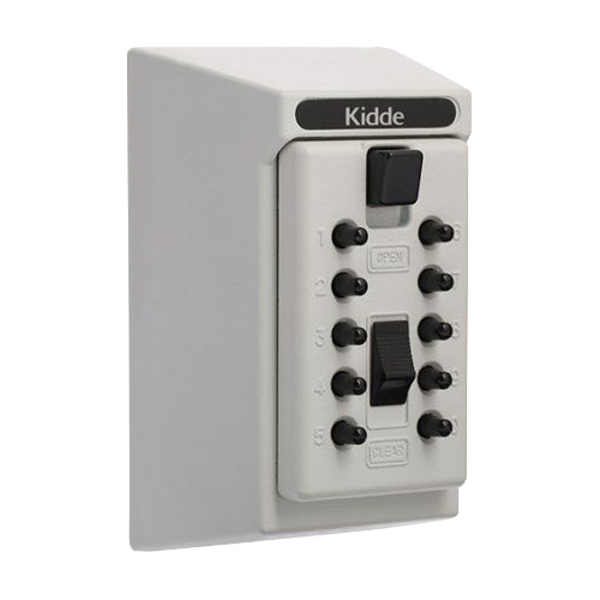Key Safe
Key safes are a great tool when sharing a key between multiple users if having additional keys aren’t a viable option. With many options to choose from it’s simple to find a key safe that will meet a specific requirement.
For example, with the rise of holiday stays with organisations like Air BNB the use of a key safe can give the property owner a tool to keep the keys in without the need of them being there to meet the guests. Which during the Covid-19 pandemic helps massively to reduce the spread of the virus. Giving the guest a combination code allows them to gain access to the key safe and then to the property.
Is a key or digital safe better?
When deciding on a key safe there’s some factors to think about. Key safes come in an array of sizes, styles and locking types. If it is going to be kept outside then you might want to opt for a weatherproof version to protect the internal mechanisms and the keys inside, this is often a cover that covers the key pad.
Digital key safes are great as you don’t need the code to unlock it, this can be done via a mobile application. This is a really handy feature if the device will be used to gain access to a shared place of living or a rental property where the code is frequently changed. It allows the property manager to always have access to the property even if the code has been changed frequently.
A standard key safe is often small which in some instances isn’t enough space. If this is the case then a key cabinet can be used, once again this comes with a key lock, combination lock and digital lock. A key cabinet works well within a business where numerous keys are shared between members of staff, for example within a transport business. To keep the keys secured they are locked away overnight, this can then be further protected by using other methods of security i.e., padlocked door, CCTV etc.
Are key safes easy to break into?
Key safes are a great visual deterrent, when paired with other means of security they can be really secure. Its crucial that the fittings of the key safe are done correctly using the included fittings.
Attempting to break into it would require tools such as hammers, chisels etc. these devices will emit lots of noise helping to keep criminals away. The opportunist thief is less likely to attempt to break into the key safe to get the key(s).
Where should I install a key safe?
Best locations for a key safe
It’s essential that the key safe is hidden and out of sight to reduce the risks of criminals targeting the property. The key safe should follow the below rules:
- It shouldn’t be visible to passers-by from the road side, for example hiding the device by a mailbox, drainpipe, plants / shrubs or a window box.
- Shouldn’t be at eye level.
- If possible, it shouldn’t be identifiable as a key safe.
- It shouldn’t be next to the door that the key will unlock.
- Anyone tampering with the device should be clearly visible, but not the device itself. A video doorbell or CCTV can also be used to cover the safe.
A key safe should always be installed into brick or concrete on the outside of a property. The combination code if applicable should only be known by those that need to know it and, in the case, there are multiple people using the building then the code should be changed after each visit to reduce the risk of the code being leaked.
























